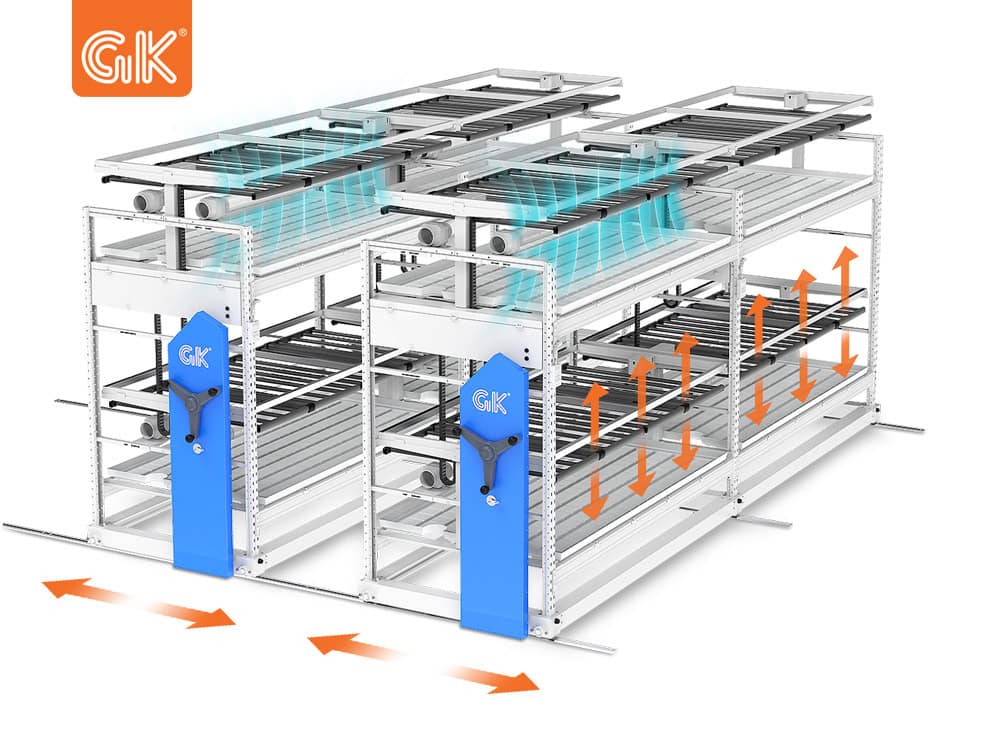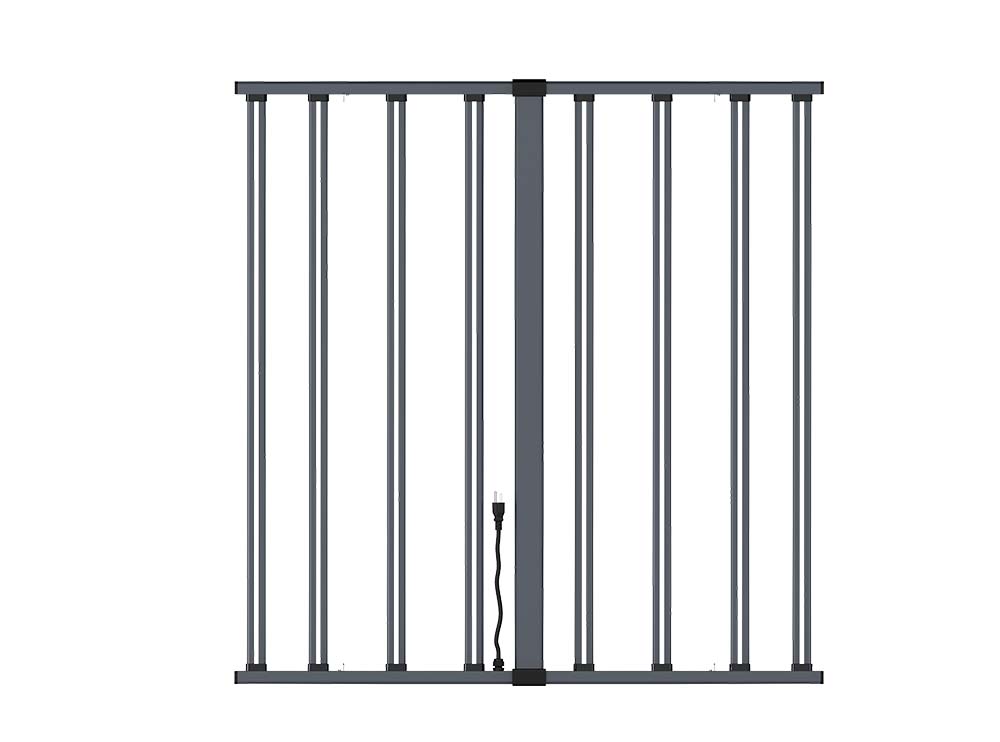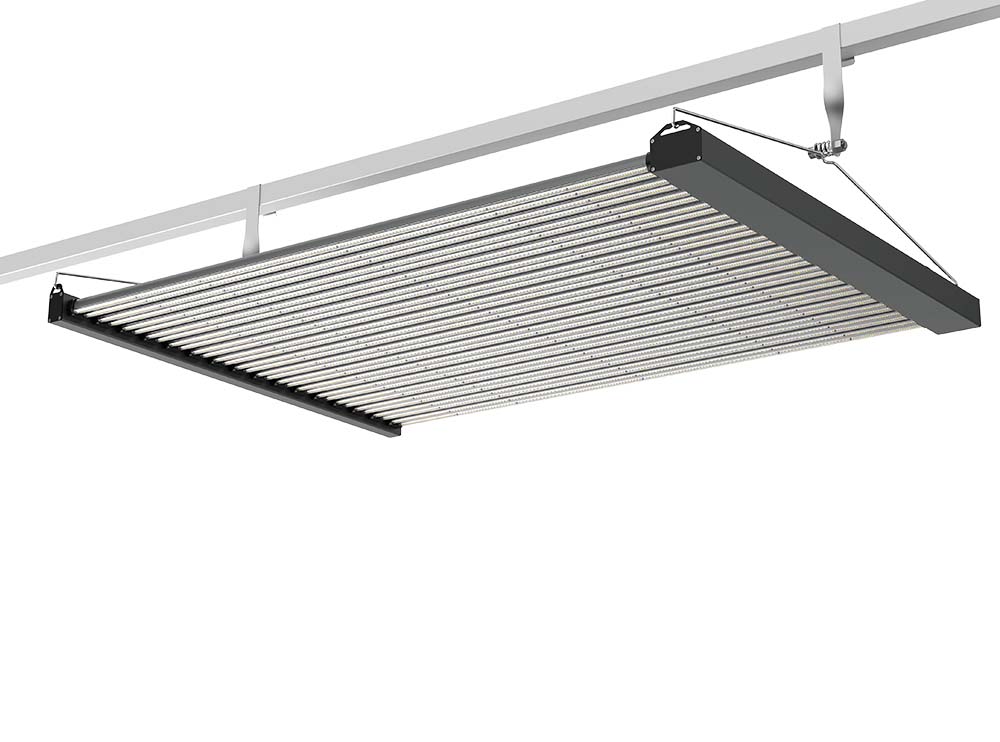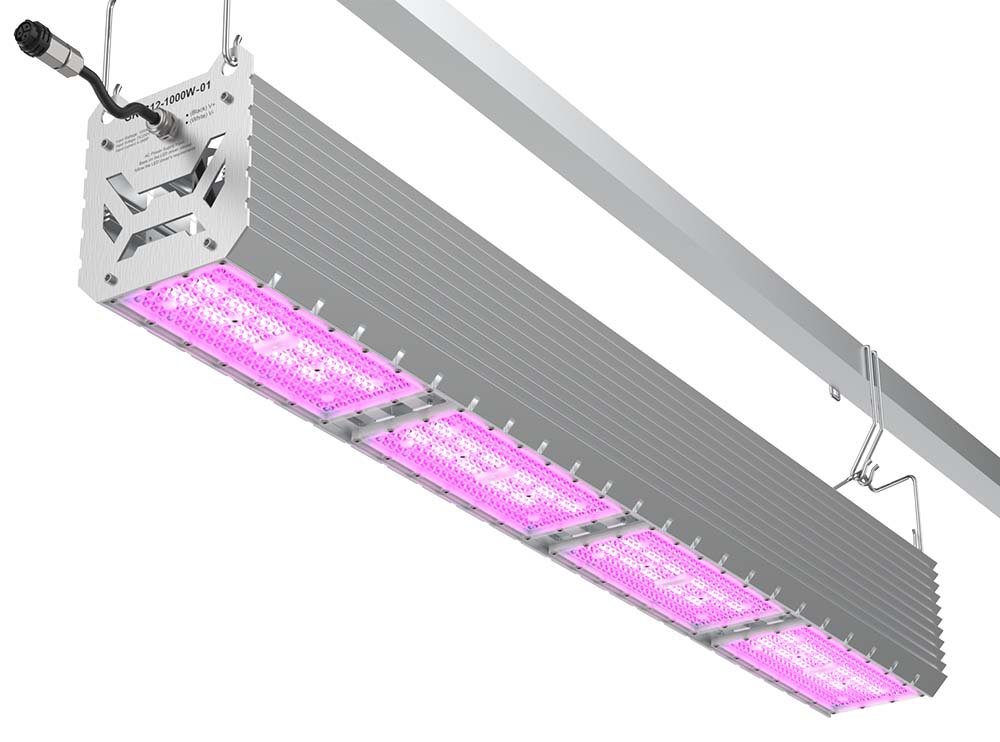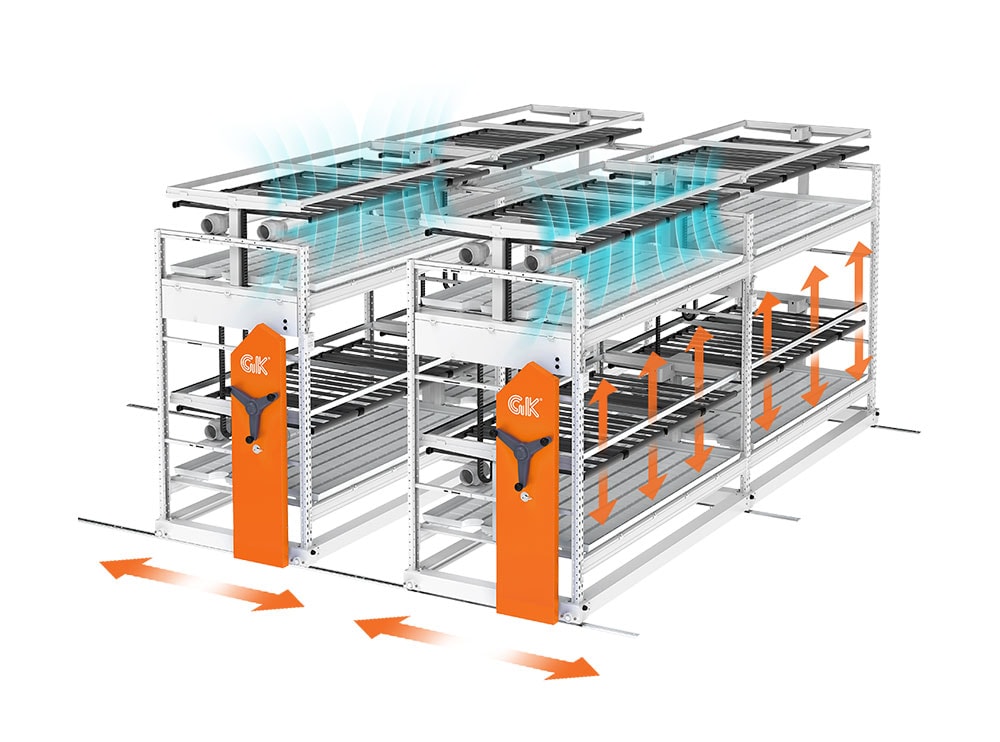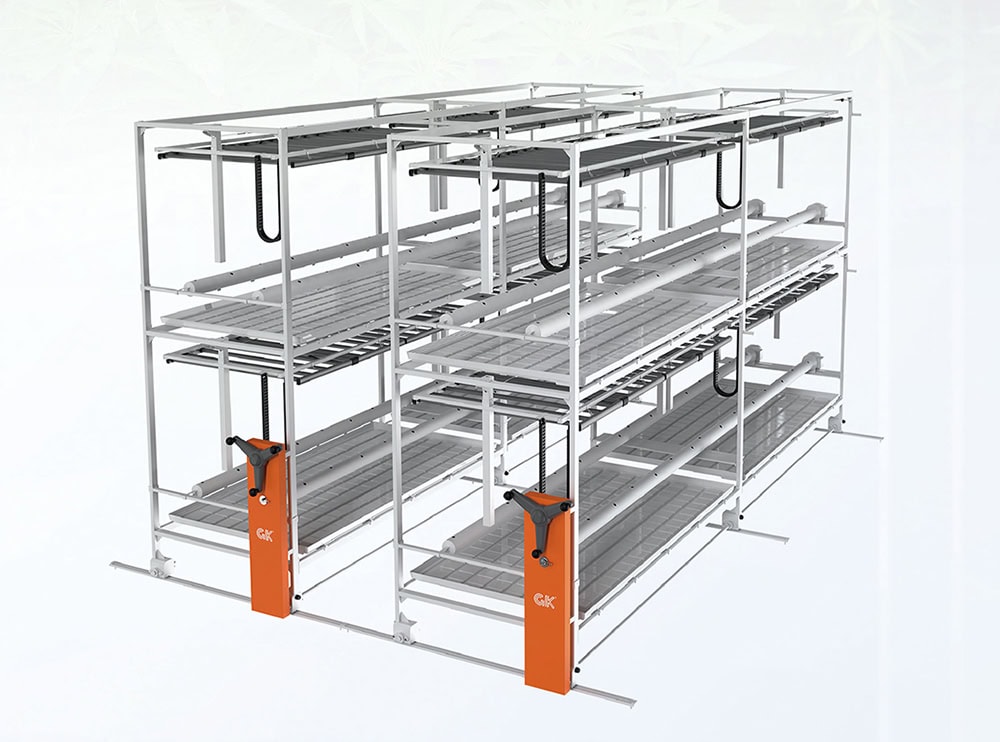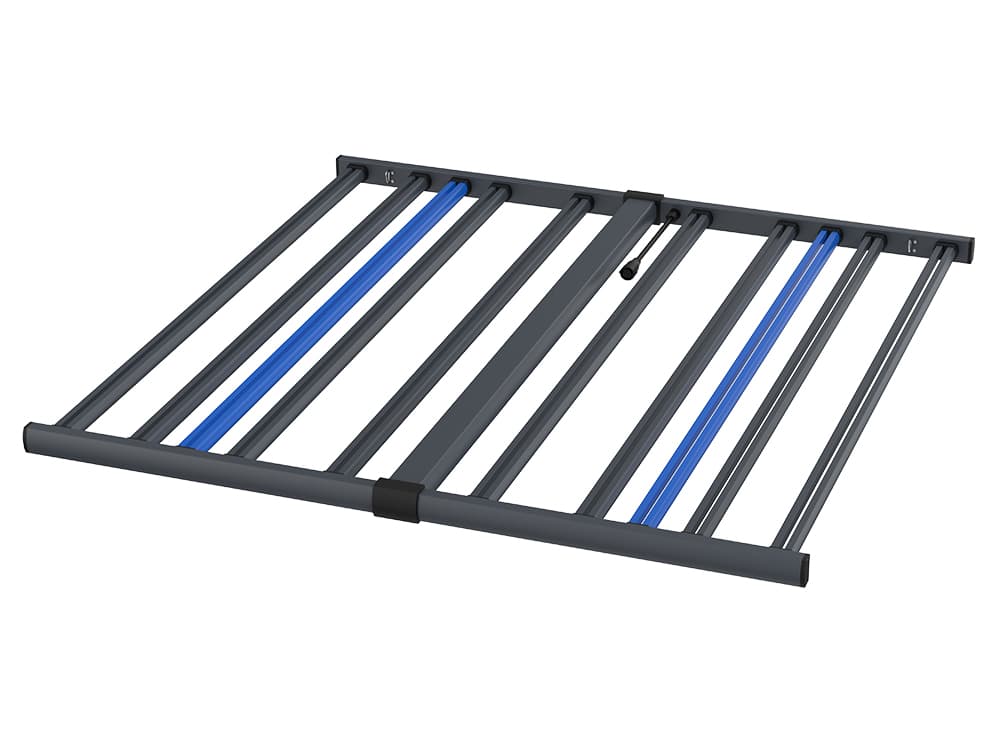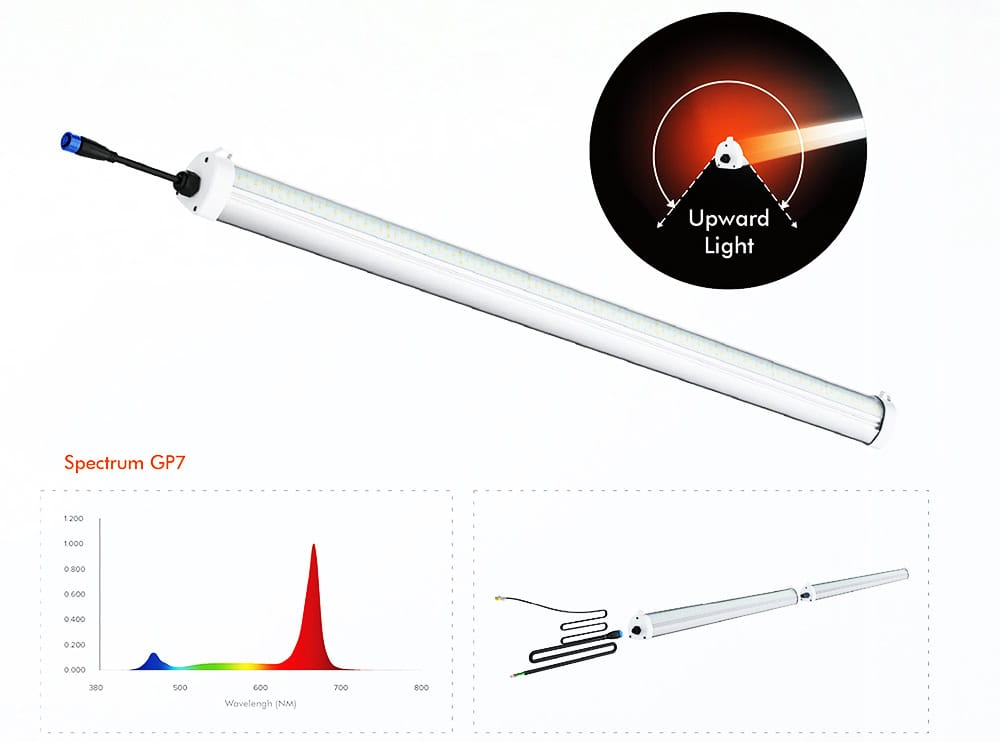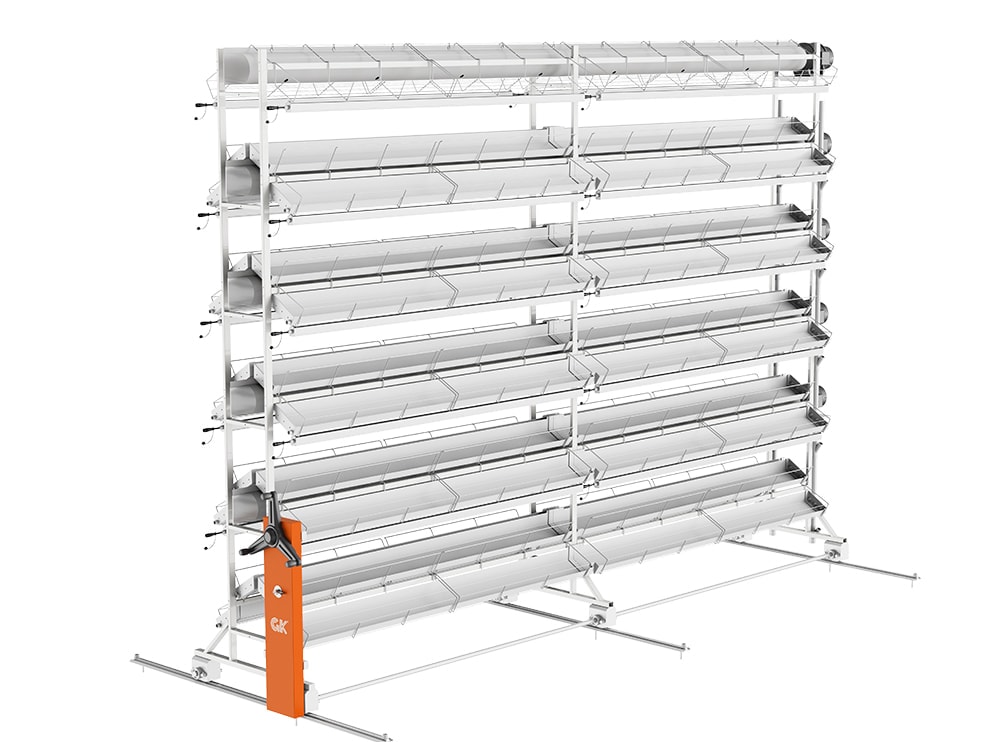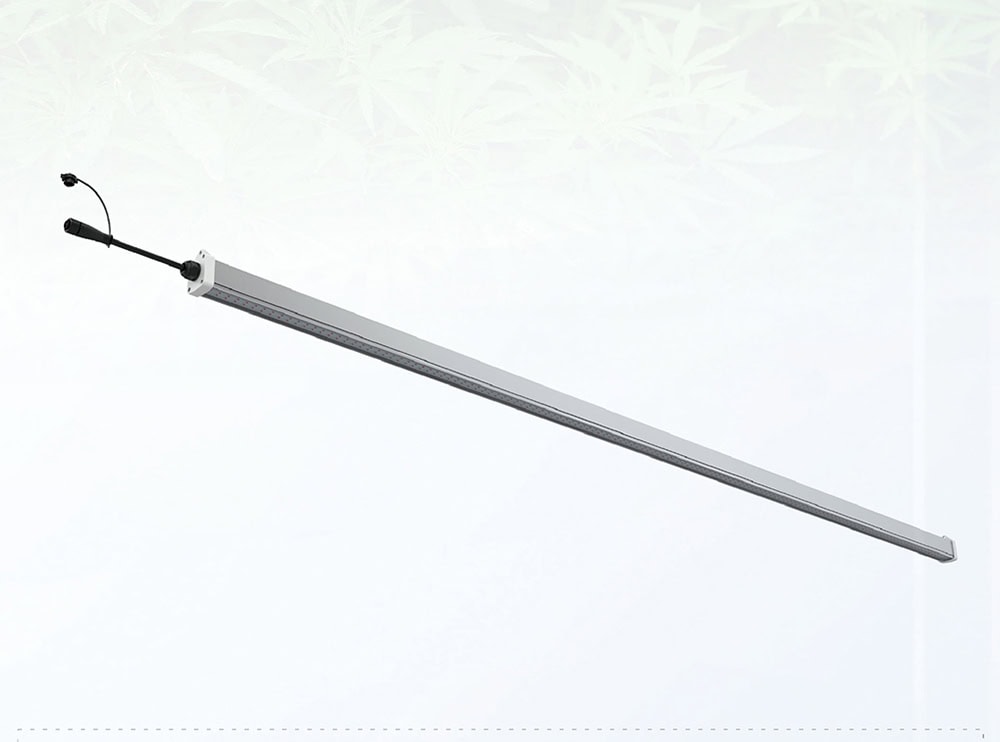What is horticultural lighting?
Traditional agriculture mainly relies on sunlight, which makes plant growth easily affected by the natural environment, but plants produced by plant lighting are not limited to the natural environment and can receive optimized light, temperature, humidity, carbon dioxide concentration, and culture medium components. Achieve high-quality crop output.
The use of LED plant lighting weakens the restriction of the natural light environment on agricultural production activities. Efficient plant light control methods can promote plant growth and development, achieve the purpose of increasing production, high efficiency, high quality, disease resistance, and pollution-free, and enhance agricultural output capacity.
At present, the application fields of plant lighting lamps mainly include greenhouse lighting, all artificial light plant factories, plant tissue culture, field lighting, household vegetable, flower planting, etc.
The growth period of ordinary planting generally takes 70 days, the plant lamp only needs 21-25 days, and the planting time is one-third of that of ordinary planting. times more.
What is the relationship between plant lighting and industrial hemp?
Compared with traditional light sources, LEDs have many advantages such as high photoelectric conversion efficiency, easy spectrum control and combination, small size, long life, and low energy consumption. At present, indoor cultivation is the mainstream of cannabis cultivation in the United States, which is driving the growth of plant lighting demand. In the future, the LED plant lighting solution will play an important role in solving the impact of limited land resources and unstable climate on agriculture and harvest stability, with huge development space.
How does plant lighting add light to cannabis?
As an annual herb, hemp has many more uses besides a particularly important property known to people, such as it is a raw material for fiber products, clothing, ropes, sails, grease, paper, and medical supplies, as well as Lots of medicinal value. Therefore, in addition to the large-scale cultivation of hemp for the development of the textile industry, there is also greenhouse cultivation to explore the use of hemp in other ways.
Cannabis is a light-loving, short-day crop, and late-maturing varieties are more sensitive to light, so when growing cannabis in greenhouses, special attention should be paid to light conditions. Insufficient light will affect the growth of many plants and the content of various substances. The growth of cannabis requires strong light, so when planting in a greenhouse, pay attention to the light transmittance, light intensity, and light time in the greenhouse.
LED grow lights have great advantages in meeting the lighting needs of cannabis plants as it neither generates excessive heat nor requires a cooling system to maintain a safe and reliable light temperature. Medical marijuana can be grown in different ways. Medical marijuana can be grown using an indoor, greenhouse, and outdoor methods, depending on the grower’s experience, environmental conditions, and the desired qualities of the cannabis product.
Indoor medical marijuana cultivation requires an understanding of certain factors, such as plant density, grow light heights, spectral changes, and light intensity. There is a need to clarify what features are required of indoor medical marijuana grow lighting systems that allow medical marijuana growers to better control the factors that affect plant growth. Both new and professional indoor growers generally require greater plant spectral flexibility to elicit the desired response at different growth stages of the plant. From growing to harvest, indoor medical cannabis plants require a specific spectrum suited to their growing needs. LED grow lights provide users with greater flexibility and controllability, and users can adjust the spectrum according to the unique needs of the plant’s growth cycle.
Depending on the growth stage of the cannabis plant, there are different PPFD requirements. Recommended PPFD levels are 75-150 mol/m/s for seedlings, 100-300 mol/m/s for seedlings, 300-600 mol/m/s for vegetative periods, and over 600 mol/m/s are recommended for reproductive stage of flowering.
To grow efficiently, cannabis plants require spectral variation as well as uniform PPFD. To illuminate a 4X4 feet or larger flowering area, please choose GK high-power and high-efficiency LED grow lights. The advantages are high PPF, full spectrum, uniform spectral distribution, and high light efficiency, which can well meet the lighting requirements.

